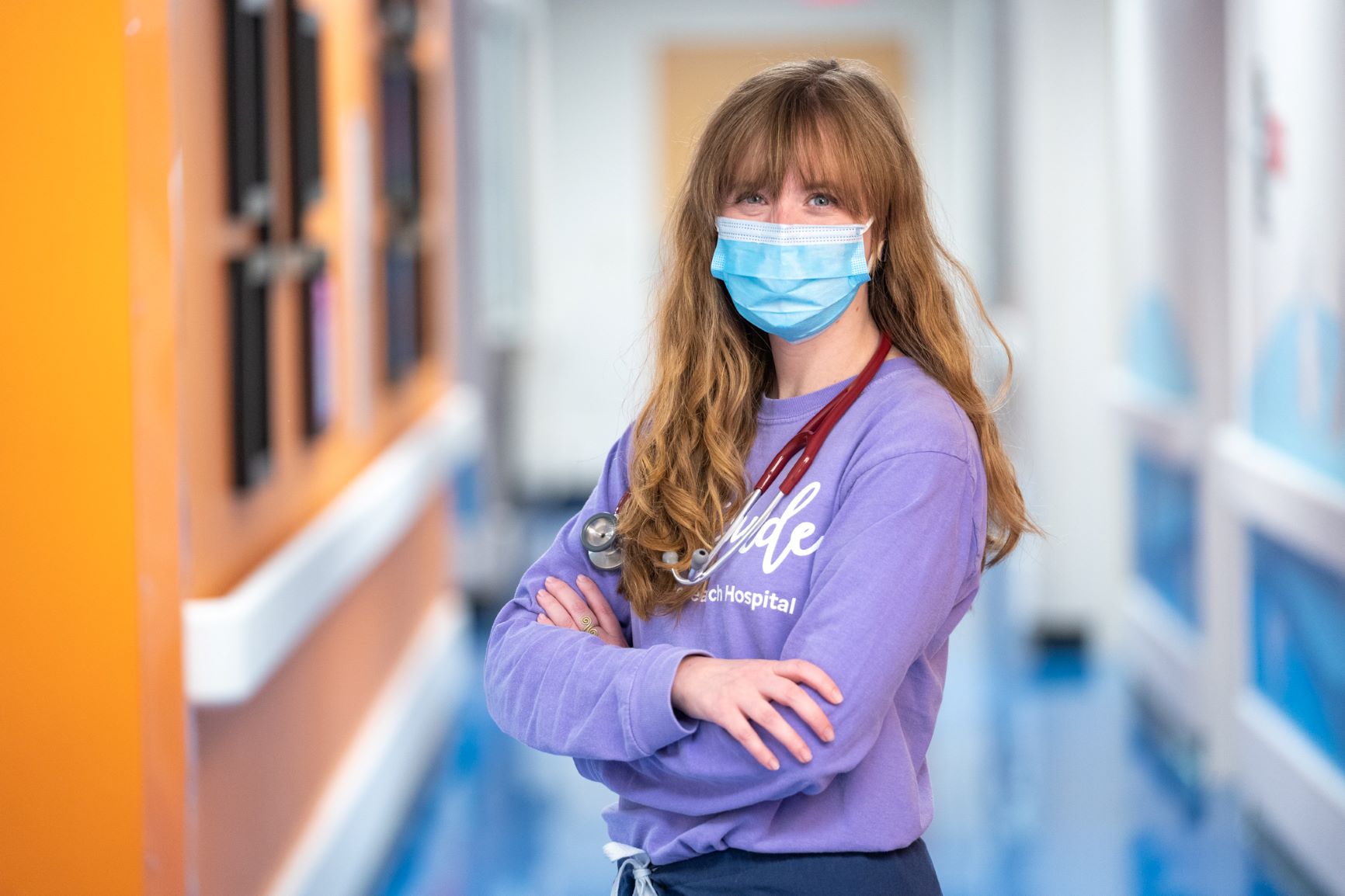Inspiration4 crew planning ultrasounds, microbe samples and more to understand health during flight
CAPE CANAVERAL, Fla. — The crew of the first-ever all-civilian orbital spaceflight is looking forward to conducting medical experiments during the flight that will help researchers better understand spaceflight's effects on the human body.
The Inspiration4 mission marks the first time that four private citizens and no government astronauts strap into a spacecraft and journey to Earth orbit. Jared Isaacman, Hayley Arceneaux, Sian Proctor and Chris Sembroski will strap into a SpaceX Crew Dragon spacecraft this evening (Sept. 15) and blast off on a three-day jaunt around the Earth.
The four-person crew is made up not of carefully screened and exhaustively trained professional astronauts, but of ordinary citizens, which could help NASA and other agencies better understand how spaceflight affects the human body.
Related: SpaceX's Inspiration4 private all-civilian orbital mission: Live updates
More: Inspiration4: SpaceX's historic private spaceflight in photos
During a prelaunch new conference held on Tuesday (Sept. 14), the four crewmembers offered more details about what they will be doing in orbit and said how excited they are to be able to perform this research. To date, roughly 600 people have been to space, and that group has not represented the diversity of human bodies, so there's still a lot that scientists don't understand about how microgravity, radiation and other aspects of flight affect the body.
The Inspiration4 crew teamed up with researchers at the Translational Research Institute for Space Health (TRISH) at Baylor College of Medicine in Texas and investigators at Weill Cornell Medicine in New York City to design medical research for the flight. With support from these researchers on the ground, the four crewmembers will perform a variety of in-flight health experiments that will measure fluid shifts, record ECG activity, blood oxygen levels, heart rates, and much more.
"I'm so excited about the medical research that we're going to be doing on this flight," Arceneaux, a physician assistant at St. Jude Children's Research Hospital and the flight's medical officer, said during the briefing.
Breaking space news, the latest updates on rocket launches, skywatching events and more!
Arceneaux said that the crew will collect a lot of swabs to learn about how the microbiome changes in flight. She said that she and her companions will also conduct ultrasounds to evaluate for fluid shifts, as well as performance and cognitive tests. In addition, the crew will be monitoring for any potential radiation effects, since the spacecraft will fly higher than both the International Space Station and the Hubble Space Telescope, possibly exposing the passengers to more radiation than the station crew experiences.
"We're really excited about the ultrasound," Arceneaux told reporters during the news conference. "It's really a unique opportunity. I know the docs at SpaceX are really excited; we are too."
She explained that the ultrasounds will provide insight into intracranial pressure, or pressure inside the skull; the measurements could help researchers better understand the vision-related issues that are common with spaceflight.
Related: Space tourism is about to push civilian astronaut medicine into the final frontier
The crew also skin samples before flight to compare with post-flight samples in order to study how much radiation the crew experiences during flight.
"Our orbital altitude is a higher radiation profile than will be observed at the space station," Arceneaux said. "And the greater the understanding we have, the better we can prepare for future long-duration missions, like the return to the moon."
(Some of the crew members are carefully strategizing where their samples come from. "It's a great opportunity to have the basis for dragon eyes, you know, for the eventual dragon tattoo," says Proctor, especially if the samples are taken from the same spot on the same arm.)
Arceneaux also explained that a couple of the crew members will be monitoring their glucose levels throughout the flight as part of an effort to make spaceflight more accessible to more people. Right now, the typical astronaut is the best-of-the-best and in top physical shape. But if space is to be open to more people, then doctors and researchers need to better understand how space travel affects the human body.
"We're looking for ways to include more people going to space, not just eliminate folks," says Arceneaux. "So by looking at how the body metabolizes sugar over the course of three days and comparing that to what happens in space, we could potentially be able to send diabetics up in space, especially if there are some mitigating factors that we could do to help support them."
Proctor, who is an artist and a poet, said she was taking a more artistic approach to the science of space travel.
"From just an artistic standpoint, I'm excited to bring paint and do some art in space," she told reporters. "I'm thinking about the fluid dynamics of watercolors and pulling paint from the palette and putting it on to the paper, but also pens and markers and really trying to show my students what that looks like and how that process is happening in space."
She said she is excited to see how her great space art experiment turns out.
Follow Amy Thompson on Twitter @astrogingersnap. Follow us on Twitter @Spacedotcom or Facebook.

Amy Thompson is a Florida-based space and science journalist, who joined Space.com as a contributing writer in 2015. She's passionate about all things space and is a huge science and science-fiction geek. Star Wars is her favorite fandom, with that sassy little droid, R2D2 being her favorite. She studied science at the University of Florida, earning a degree in microbiology. Her work has also been published in Newsweek, VICE, Smithsonian, and many more. Now she chases rockets, writing about launches, commercial space, space station science, and everything in between.


